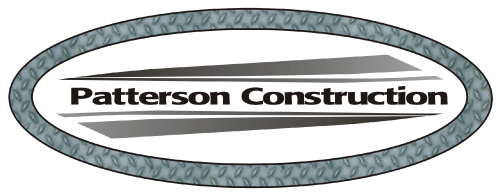Top 6 Reasons for Roof Leaks
A leaky roof is challenging to spot with an untrained eye since warning signs often don't occur until there's substantial damage. Failing to repair the roof may lead to costly and time-consuming repairs. However, subtle signals may alert homeowners that their roof struggles to keep water out of the home.
Keep reading to learn more:
Old age
Old age weakens the roofing materials, lowering their effectiveness in fending off moisture. Although roof tiles last for years, once they reach the end of their service life, the protection levels drop, and the roof becomes susceptible to water ingress. While homeowners can remove debris and moss to prolong the tiles' lifespan, it's best to replace them and repair the roof. Brittle tiles are prone to cracks and lead to severe structural damage in and around the home.
Damaged flashing
Lead flashing strengthens the roof, lining its joints to shield the weak spots from water and pests. But when the flashing is broken or damaged, it creates areas where water can penetrate the roof and cause more complications. Extreme weather conditions or improper installation might damage the flashing, and homeowners who notice small cracks should contact a professional immediately.
Inspect the flashing every few months to ensure it's in perfect condition and can defend the home from water ingress.
Missing or broken tiles
Another reason the roof may be leaking is missing or broken tiles. As they cover the roof's surface, debris or harsh weather could displace or damage them. While most tiles boast a long service life, sudden impacts can wear them down, preventing them from shielding the home. Homeowners who spot tiny cracks over the tiles or several tiles strewn around the backyard after a storm should reach out to an expert. They'll replace the tiles and ensure that moisture hasn't eaten away at the home's wooden structures.
Damaged underlay
Broken roof tiles expose the protective layer underneath. Roofing underlays can handle low moisture levels, directing it to the roof's guttering. But missing tiles increase the moisture levels, overwhelming the underlay. If the roof leaks whenever there's heavy rainfall, it may indicate that the exposed underlay has started to rot away.
Inadequate roofing materials
The roof's pitch determines the materials it requires to tackle water ingress. For example, a shallow pitch means the roof needs several layers of underlay for extra protection. If there are issues with the roof, avoid DIY solutions. Most people lack the experience to identify which materials suit their roof and risk causing more severe problems.
Blocked gutters
The gutters quickly remove water from the roof, but when they're clogged, water pools on the roof and finds its way into the home through small cracks and imperfections. Fortunately, fixing blocked gutters is relatively straightforward, and a reliable professional can unclog them quickly.
Keep the roof healthy with professional help
Contact a professional team to resolve roofing problems and prevent long-lasting structural issues. The roof is the home's primary defense against harsh weather, so it must remain healthy.
Patterson Construction Company installs and repairs residential roofs of all kinds, skylights, roof ventilation, fascia, and underlayment on Phoenix-area homes. Call 602-825-3638 for a free quote today!

